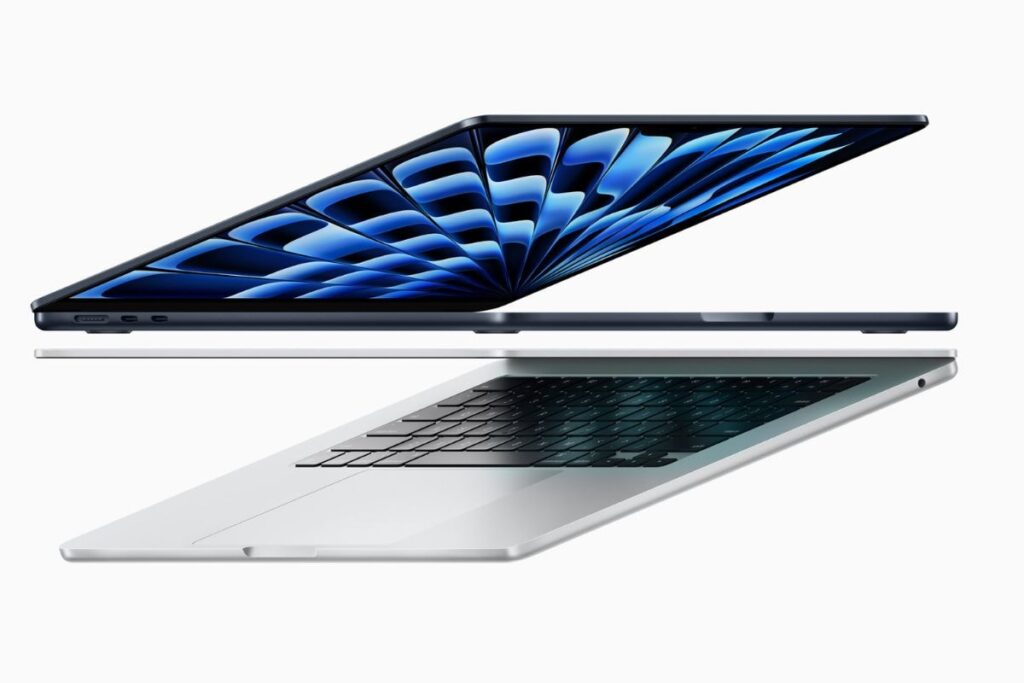Whether you want to watch movies on a bigger screen, give a presentation, or simply enjoy a more immersive experience, connecting your MacBook to a TV is easier than you might think. There are several ways to do this, both wirelessly and with cables, depending on your needs and the technology available to you.
In this complete guide, we’ll walk you through the different methods for connecting your MacBook to a TV, including using AirPlay, HDMI cables, adapters, and more. By the end, you’ll be able to easily mirror or extend your MacBook display on your TV, no matter what setup you’re working with.
1. Connecting Wirelessly with AirPlay
AirPlay is Apple’s built-in wireless technology that allows you to stream your MacBook’s screen or specific content to an Apple TV or any AirPlay 2-compatible smart TV. This is the easiest way to connect your MacBook wirelessly to a TV, and it doesn’t require any cables.
How to Use AirPlay:
- Make sure both your MacBook and TV are connected to the same Wi-Fi network.
- AirPlay works best when both devices are on the same Wi-Fi network, so ensure your MacBook and smart TV (or Apple TV) are using the same connection.
- Activate AirPlay from your MacBook.
- On your MacBook, click the Control Center icon in the upper-right corner of the screen (next to the clock).
- Click Screen Mirroring, and a list of available AirPlay devices will appear.
- Select your TV or Apple TV.
- From the list of available devices, select your TV or Apple TV. Your MacBook’s screen will then be mirrored on the TV.
- Adjust display settings (optional).
- If you want to adjust how your MacBook’s display appears on the TV, go to System Settings > Displays. Here you can choose whether to mirror your screen (the TV shows exactly what’s on your MacBook) or extend it (the TV acts as a second monitor for more screen space).
Pros:
- Wireless, no cables needed.
- Easy setup if you have an Apple TV or AirPlay-compatible smart TV.
Cons:
- Requires a strong Wi-Fi connection.
- May experience slight delays when streaming video.
2. Connecting with an HDMI Cable
For a more stable connection or if you don’t have an AirPlay-compatible device, using an HDMI cable is a straightforward option. HDMI provides both video and audio transmission in one cable, making it an ideal choice for high-quality streaming or presentations.
What You’ll Need:
- HDMI cable: Connects your MacBook to the TV.
- Adapter (if necessary): Many newer MacBook models only have Thunderbolt (USB-C) ports, so you may need a USB-C to HDMI adapter.
How to Connect with HDMI:
- Plug the HDMI cable into your TV.
- Locate the HDMI port on your TV and plug one end of the HDMI cable into the port. Most TVs will have multiple HDMI inputs labelled HDMI 1, HDMI 2, etc.
- Connect the other end to your MacBook.
- If your MacBook has an HDMI port, plug the other end of the HDMI cable directly into your laptop. If it doesn’t, you’ll need to use a USB-C to HDMI adapter. Plug the adapter into your MacBook, then connect the HDMI cable to the adapter.
- Select the correct HDMI input on your TV.
- Using your TV remote, select the HDMI input that corresponds to the port you plugged your cable into (e.g., HDMI 1).
- Adjust display settings (optional).
- Your MacBook should automatically detect the TV as an external display. If you want to adjust how the screen is displayed, go to System Settings > Displays to configure options like mirroring or extending your display.
Pros:
- Provides a stable, high-quality video and audio connection.
- Works with any TV that has an HDMI port.
Cons:
- Requires a cable and possibly an adapter.
- Less flexible than wireless options for placement and mobility.
Conclusion
Connecting MacBooks to a TV can enhance your entertainment, presentations, or workspace. Whether you prefer the ease of wireless connection with AirPlay or the stability of a wired HDMI connection, there are multiple ways to get your MacBook displayed on the big screen. If you have a newer MacBook, investing in the right adapters can make the process seamless, and if you have older devices, VGA solutions are available.
For those looking for a balance between mobility and quality, wireless options like AirPlay offer flexibility, while HDMI connections are perfect for stable, high-quality video and audio transmission. No matter what setup you’re working with, these methods make it easy to connect your MacBooks to your TV.
